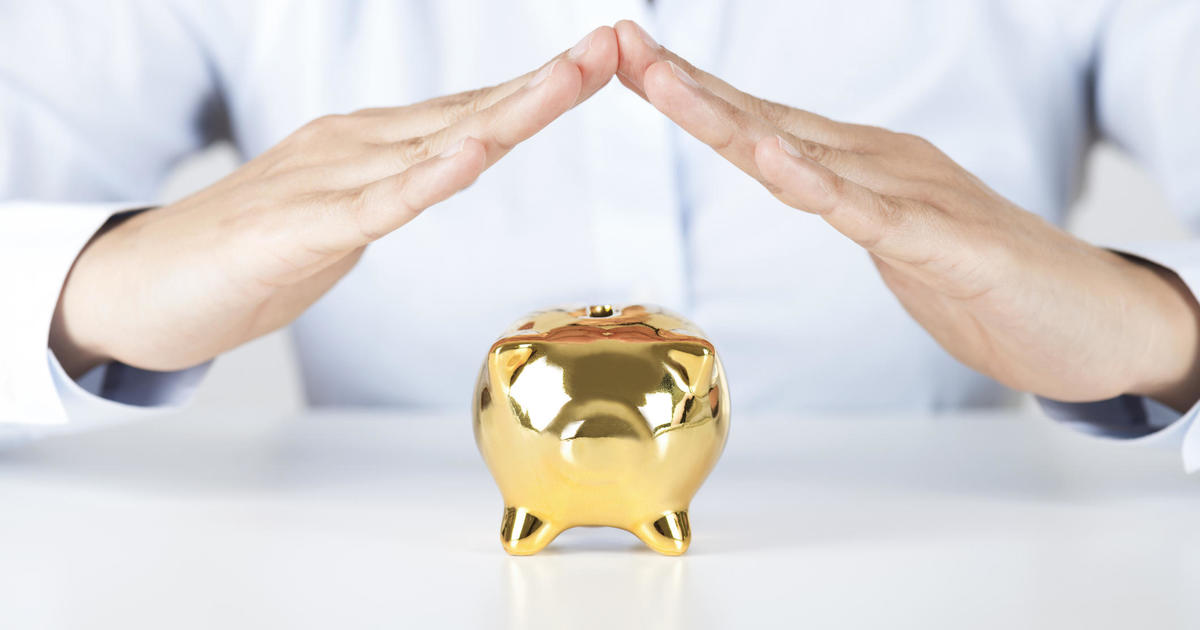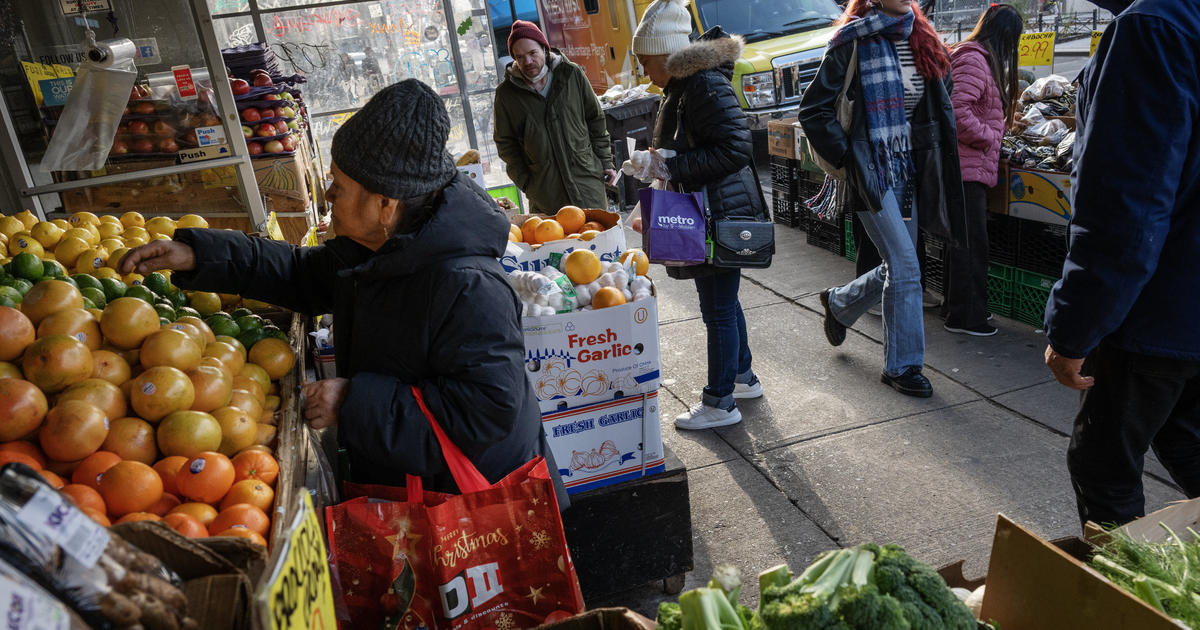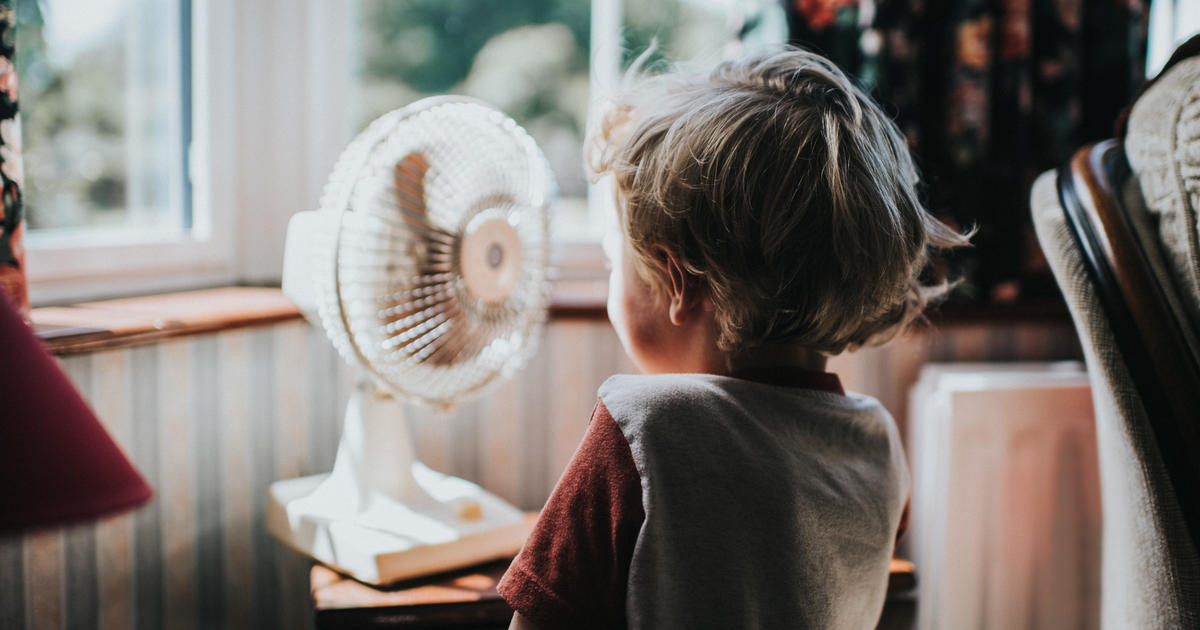U.S. economy stalls as the coronavirus continues to surge
The economic recovery that began in May is sputtering. Recent data show Americans cutting their spending and many businesses re-closing their doors as the number of COVID-19 cases in the U.S. crosses 4 million, raising concerns about another slowdown in growth.
"The foundations to this recovery are cracking under the weight of a mismanaged health crisis," Gregory Daco, chief U.S. economist at Oxford Economics, told investors in a report.
Following are some signals the economy is losing speed as the coronavirus continues to spread around the U.S.
Unemployment ticking up
The number of Americans filing for first-time jobless aid rose last week after steadily dropping for months. Nearly 2.5 million workers applied for unemployment assistance in mid-July, with the biggest increases in states hit hardest by COVID-19 — Florida, Georgia and California, which together account for a quarter of the nation's economic output. The number of people receiving jobless aid remains stubbornly high.
Meanwhile, several large employers have recently announced layoffs. Schlumberger, the largest U.S. oilfield services company, is cutting 21,000 workers, or about a quarter of its workforce. United Airlines warns it may have to let go as many as 36,000 people — nearly half its U.S. workers — this fall.
Notably, Americans who are out of work have become more pessimistic about getting their jobs back. In April, nearly 80% of those who had lost a job told AP-NORC that they expected to return. Now, nearly half believe their jobs are gone for good.
"If activity continues to be disrupted, the risk is high that businesses will fail and temporary job losses will become permanent," Rubeela Farooqi, chief U.S. economist at High Frequency Economics, said in a research note.
Gimme shelter
Customer foot traffic to retail stores, as tracked by Google, has slowed since July 4. Traffic data from OpenTable indicates that sit-down dining at restaurants nationwide peaked in late June before dropping back down to about one-third of its level a year ago.
While the greatest impact of that decline has been worst in states where the virus is spiking, the decline is widespread. That strongly suggests it's not just restrictions on movement, but rather health concerns that are keeping people indoors. As a results, consumer spending is likely to stay depressed for a long time, economists say.
"Even without stringent lockdowns, such as those imposed in April, fear of infection will likely cause consumers to voluntarily cut back on economic activities that require a high degree of person-to-person contact. Thus, spending on a wide variety of services will likely remain below normal for months," Moody's Investors Service told investors.
Spending slump
Consumer spending in states with the biggest jump in virus infections has slowed to a trickle. "[H]ousehold spending is falling in cities where new infections are rising and … visits to retail and recreation locations have dropped since the end of June," according to Moody's.
Small businesses in these states are putting a lid on hiring. Data from scheduling software maker Homebase, whose clients are largely in the leisure and hospitality sectors, show that the number of hours worked in many Sun Belt states continued to drop in recent days.
The slowdown comes just as the expanded federal unemployment benefits that were keeping millions of Americans above water are scheduled to expire. That's likely to make consumers — even those with jobs — hesitant to spend.
"As jobs are lost and benefits disappear, the resulting decline in incomes will restrain household spending. Consumers could remain cautious, even those individuals who remain employed," Farooqi noted.
Pockets of stability
Some parts of the economy remain resilient. Home sales and new home construction are rising, benefiting from record-low mortgage rates and a rush of people looking to relocate due to the pandemic. Manufacturing, too, has continued to strengthen, UBS noted. Car production is nearly at the level it was last year, for example.
But economists warn that these positive signs could turn negative unless the virus is quickly contained. "The only real end to this pandemic problem is the successful application of vaccines," Fred Folkman, a business professor from New York, told the Associated Press.



